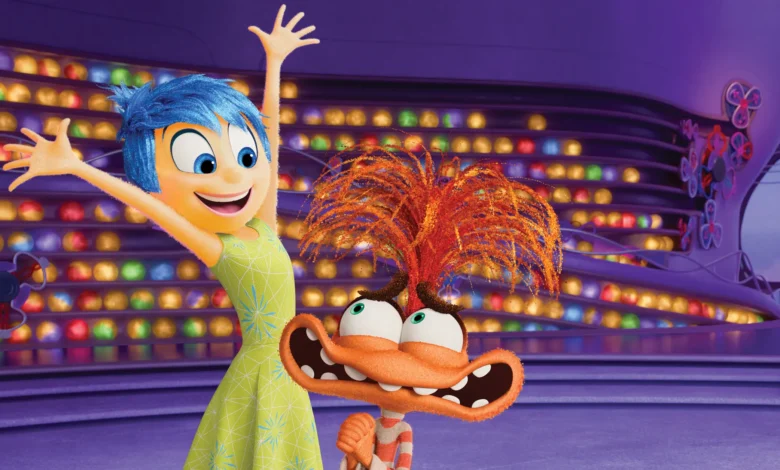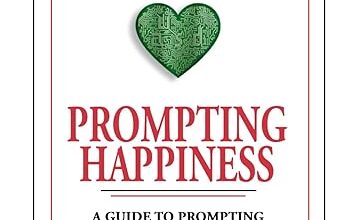The Countercultural Message of Inside Out 2

Pixar’s Inside Out series playfully personifies the emotions in the minds of the characters. Inside Out 2 features new emotions as the protagonist, Riley, hits puberty. It also introduces beliefs. From the very beginning of the movie, we are told that Riley’s beliefs are what make her who she is. Riley is her beliefs, not her emotions.
Our society says the opposite. When it says to “be yourself,” it bombards you with images of people acting on their emotions. It tells us that we can be whatever we feel like but not whatever we believe in. In classic psychology terms, our culture says that you are your system 1, but Inside Out 2 says you’re system 2.
Keith Stanovich and Richard West researched the dual-processing model of human cognition. System 1 is automatic and mostly unconscious (Stanovich and West 658). It’s our immediate interpretations of what we see, hear, taste, touch, and smell. It’s our involuntary emotional and physiological reactions. According to Khatria et al., System 1 controls 50% to 90% of human behavior (709). After System 1 makes us aware of something, System 2 decides whether or not to pay attention to it. System 2 is deliberate and fully conscious, so we have to “pay attention” to use it. We use it to analyze sensory stimuli, imagine potential courses of action, and reevaluate our memories.
So which system is more you? Consider this: system 1 is entirely programmed by past experiences. It can only tell you who you were in the past. The only way to control system 1 is by imagining and choosing different experiences in system 2. If your brain is the hardware of a computer, system 1 is the software running on it and system 2 is the person pushing the buttons. System 2 is you.
How do we get from “You are your system 2” to “You are your beliefs”? Believing is a process that takes place in system 2 and transforms who we are. Imagine you’re at a theme park. If you believe a rollercoaster is safe and worth riding, you won’t miss the opportunity to ride it. That belief would make you a rollercoaster enthusiast. However, someone else could think a rollercoaster is safe and worthwhile yet be too scared to get on it. Thinking something is true is not the same as believing in it. Those are opposite ends of the same process.
Ideally, we should believe everything that we think is true, but that’s not how it works for us humans. Believing is often a difficult process. It starts when we think something is true. Then we decide that we want to believe it, and we adjust our values to align with it. Then we believe in part, judging our perceptions and behaviors by those refined values. Finally, we conform our lives to our new view of reality. Finally, we believe.
We rarely make it to the end of the process. We rarely get past the first step. Most people think that they should spend more time with their families, read more, or practice a hobby. That’s what they think but not what they believe. Their apathy shows what they actually believe: that it’s better to waste that time watching shows and scrolling social media. It’s easy to believe in the path of least resistance. It’s easy to believe that our actions don’t matter or that it’s okay to waste one more day. It’s hard to believe that who we will be tomorrow is shaped by our decisions today or that our everyday interactions can help or hurt others for years to come. It’s hard to believe the truth.
Mr. Example will illustrate the process of belief. He thinks diverse opinions are the strength of democracies and people have a right to express differing opinions. Nonetheless, he treats anyone who disagrees with him like an idiot or a villain. One day, Mr. Example realizes that his behavior doesn’t match his view of reality, and he decides he wants to believe that view. So, he forces himself to interact respectfully with people who disagree with him, even though he still sees them as idiots and villains. At this point, Example believes in part; he has conformed his actions to what he thinks is true but not yet his attitudes. At some point, he believes fully: his prior conduct seems childish to him, he can talk to people without feeling threatened, and he can understand why they espouse views different from his. His belief makes him an open-minded person.
To believe something is to become something. If you believe that you should get in shape, you become someone who exercises. If you believe that you need to know all you can about history, you become a student of history. If you believe that rollercoasters are safe and worthwhile, you become a rollercoaster enthusiast. That’s how it works.
Inside Out 2 combats one of the most dehumanizing ideas in modern society. To tell people that they are their emotions is to encourage them to stick to their bad habits, sink deeper into their old attitudes, and blindly follow their thoughtless whims. To tell people that they are their beliefs, on the other hand, is to encourage them to decide what is real and live it out. On the surface, Inside Out 2 is a childish adventure with bad puns and bright colors, but Pixar did their homework. The story has a solid foundation in psychology and a powerful message for our culture.
Works Cited
Khatri, Vijay, et al. “System 1 and System 2 Cognition in the Decision to Adopt and Use a New Technology.” Information & Management, vol. 55, no. 6, Sept. 2018, pp. 709–24. EBSCOhost, doi.org/10.1016/j.im.2018.03.002.
Stanovich, Keith E., and Richard F. West. “Individual differences in reasoning:
Implications for the rationality debate?” Behavioral and Brain Sciences, vol. 23, no.5, 2000, pp. 645–726. pages.ucsd.edu/~mckenzie/StanovichBBS.pdf.



